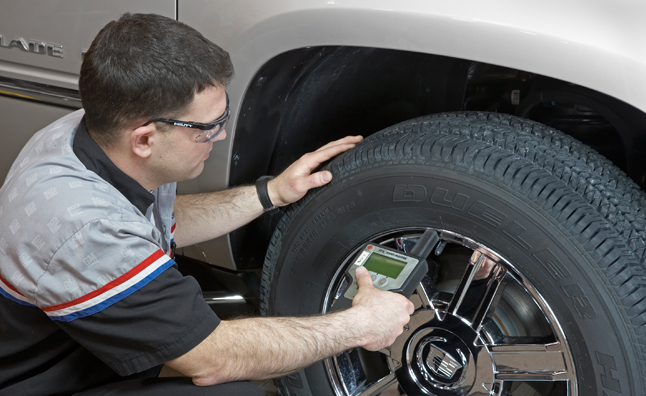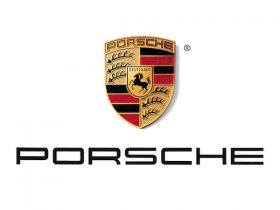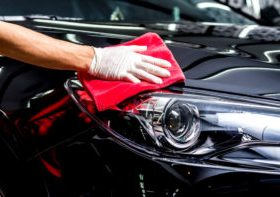We often hear that pure nitrogen inside our tire can provide many benefits. Some of the promises include prolonged life of the tires, improved performance, better handling and lower tire temperature. These benefits have been validated in field conditions and NASCAR teams are using pure nitrogen inside tires to improve the overall safety. We should know that standard compressed air at gas stations often have higher level of water vapor. Water holds and absorbs heat; making our tires hotter after prolonged usages. The higher temperature could result in higher pressure. It means that blow outs and accidents are more likely to occur. The best effect can be achieved by minimizing the level of water vapour and oxygen inside our tires.
The air that we breathe in already contains a high level of nitrogen, at about 78 percent. 21 percent is oxygen and another 1 percent is consisted of water vapour, carbon dioxide and other trace gasses. Better results can be achieved if we use pure nitrogen inside our tires. The life of our tires, custom wheels and steel rims can be extended. We will have better handling and improved fuel efficiency. By reducing the water vapour level three times lower, we should be able to maintain the pressure of our tires about up to 4 times longer. Also, we will be safer, when we are on the highway. It is important for car owners to know how water vapour and oxygen can damage their tires and rims.
At high pressure and temperature, oxygen could increase the corrosion of metal surfaces and even rubber parts. The process is known as oxidation. When a material is oxidized, it will turn into a different kind of material. Metal can rust and rubber can get brittle. This will cause leakage more likely to happen. It means that the beads of tire are no longer able to seal properly and the wheel surface will flanges, causing leak points to appear on many places. Oxygen will cause aging on thinner rubber layers, such as radial ply and inner liner. More air will escape through the rubber if the inner liner starts to age. It means that we will slowly lose air pressure inside the tire. Although nitrogen could also escape, it will be slower.
We lose 2lbs of nitrogen in six months, but the same amount of normal pressured air with higher water vapour level could escape in less than a month. Nitrogen doesn’t oxidize any material, because nitrogen molecules are more stable and far less reactive than oxygen. For this reason, nitrogen is much popular among long-haul truckers. Getting pure, dry nitrogen inside our car will cost us more; but the overall financial benefits will be much higher. Filling tires with pure, dry nitrogen should be a simple process. We should make sure that the technician properly removes normal pressured air from inside the tire. In general, we can have 95 percent of dry nitrogen inside the tire.
























